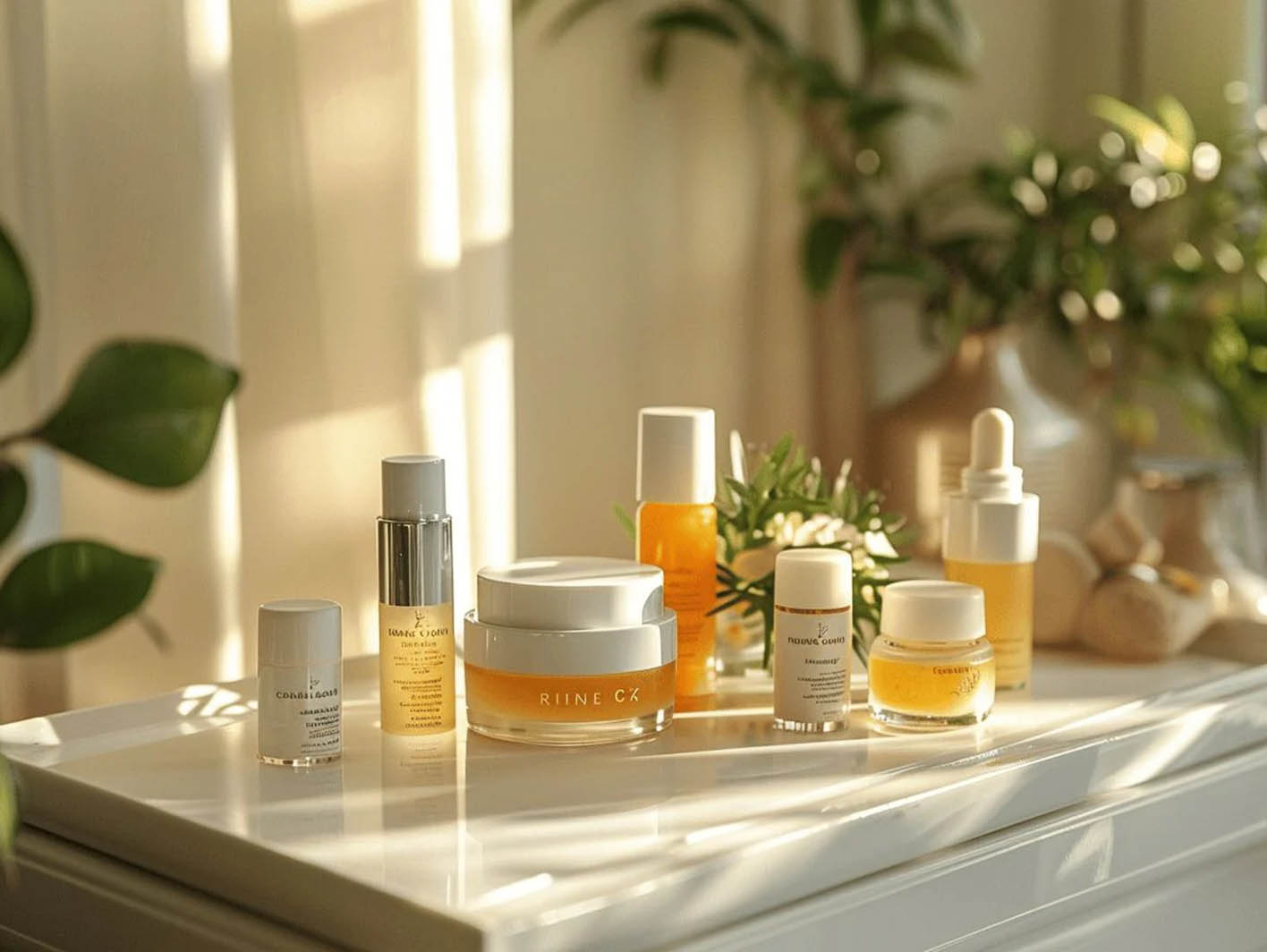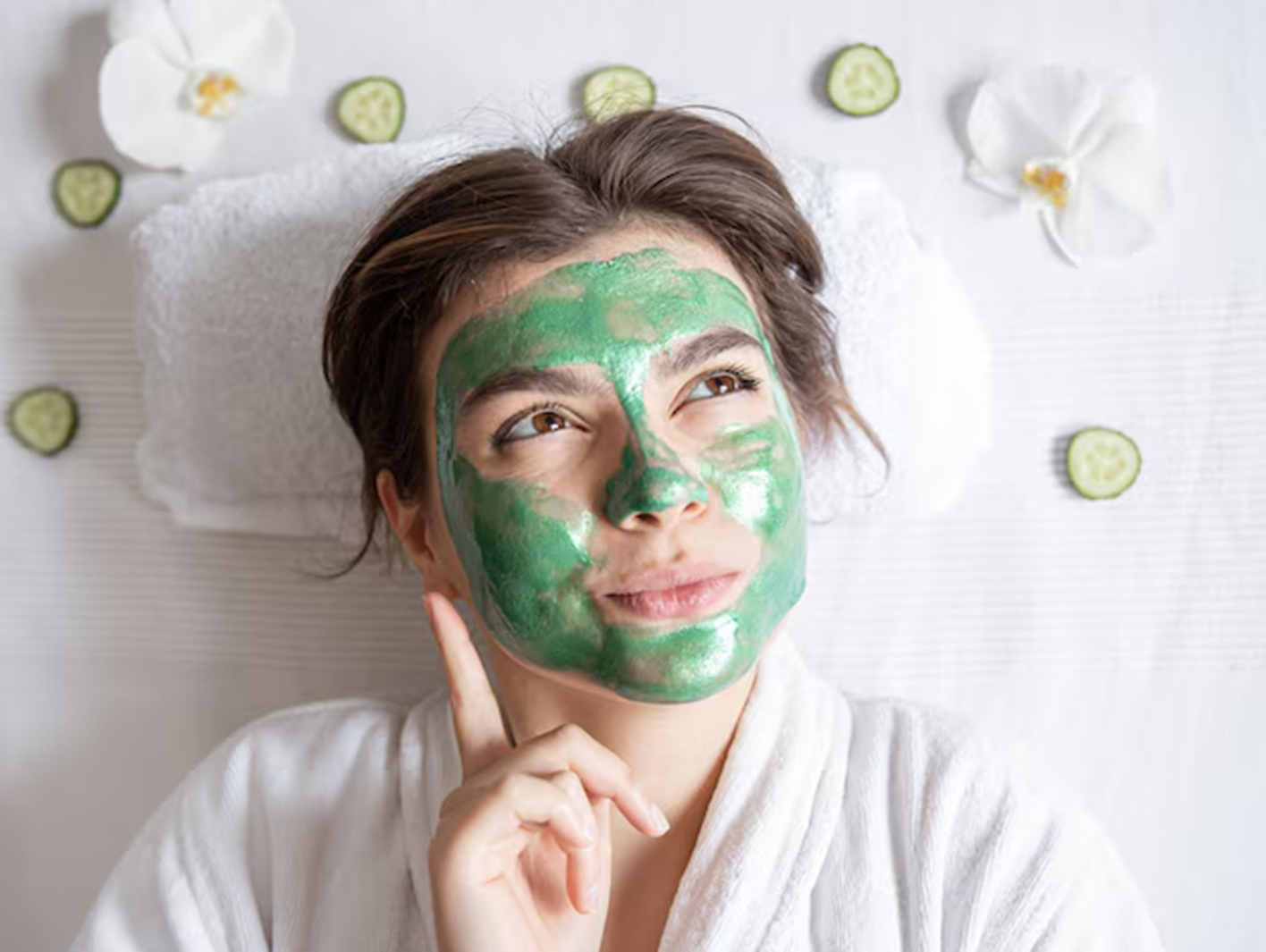
In the world of skincare, trends come and go, but one regimen has stood the test of time for its simplicity and effectiveness: Vitamin C in the morning, Vitamin A at night. This iconic “early C, late A” routine has become a buzzword in the beauty community, yet for many, it remains a bit of a mystery. What does it actually mean? How do these ingredients work? And most importantly, how do you incorporate them into your routine?
If you’re just beginning your skincare journey, or perhaps feeling overwhelmed by the sheer number of products on the market, don’t worry. We’re here to break it all down. This guide will give you the basics on Vitamin C (ascorbic acid) and Vitamin A (retinol), how they work in tandem for your skin, and how to pair them effectively to get the glowing, youthful complexion you’ve always dreamed of.
Let’s start with the why behind the timing. Vitamin C, an antioxidant powerhouse, is best used in the morning, while Vitamin A, a retinoid often referred to as the gold standard in anti-aging, is most effective when used at night. Here’s why:
- Vitamin C works by neutralizing free radicals caused by UV rays and environmental pollutants. This helps prevent the breakdown of collagen and promotes skin regeneration. Its brightening effects also give you a glow that’s perfect for daytime.
- Vitamin A, on the other hand, works by accelerating cell turnover and stimulating collagen production, making it a potent anti-aging ingredient. But because Vitamin A increases sun sensitivity, it’s best used at night when your skin isn’t exposed to UV rays. Furthermore, retinoids can cause some irritation when first introduced to the skin, making nighttime use ideal as your skin can better tolerate the treatment while you sleep.
The combination of both ingredients offers a dynamic duo that brightens, tightens, and smooths your skin — effectively addressing signs of aging, dark spots, and uneven skin tone.
The Power of Vitamin C
Vitamin C, also known as ascorbic acid, is a water-soluble antioxidant found in various fruits and vegetables, like oranges, strawberries, and bell peppers. It’s one of the most well-researched and beloved skincare ingredients due to its ability to:
- Brighten Skin: Vitamin C inhibits melanin production, which is the pigment responsible for dark spots and hyperpigmentation. Consistent use helps to even out your skin tone and gives your face a luminous glow.
- Boost Collagen Production: Collagen is essential for skin elasticity and structure. By promoting collagen synthesis, Vitamin C helps reduce fine lines and wrinkles, making it a powerful anti-aging ingredient.
- Protect from Sun Damage: While Vitamin C is not a sunscreen, it helps mitigate the damage caused by UV exposure. It neutralizes the free radicals generated by sun exposure, effectively reducing oxidative stress and preventing premature aging.

How to Use Vitamin C in Your Routine
For maximum efficacy, apply a Vitamin C serum in the morning, after cleansing and toning but before moisturizing. A few drops are enough to cover your entire face. If you’re using an exfoliating toner, wait a few minutes before applying Vitamin C to prevent any potential irritation. Always follow up with sunscreen — a critical step in keeping your skin protected from the sun’s harmful rays.
The Benefits of Vitamin A
Vitamin A, often found in the form of retinol or retinoid in skincare, is arguably one of the most effective anti-aging ingredients in existence. This powerhouse ingredient works at a cellular level to:
- Accelerate Cell Turnover: Vitamin A promotes the shedding of dead skin cells and the production of fresh, new cells. This leads to smoother, more youthful skin, with fewer visible lines and wrinkles.
- Combat Acne: Retinol is a go-to ingredient for acne sufferers because it helps to unclog pores by speeding up cell turnover. It can also reduce inflammation and prevent new breakouts from forming.
- Improve Skin Texture and Tone: By stimulating collagen and elastin production, Vitamin A helps to improve the texture of your skin and tighten sagging, making it an essential part of any anti-aging routine.
How to Use Vitamin A in Your Routine
Vitamin A is potent and can be irritating to the skin when first introduced. Start slowly by using a retinol or retinoid serum two to three times a week at night. Cleanse your face, apply a small amount, and follow with a moisturizer. Over time, you can increase the frequency as your skin builds tolerance. Do not layer Vitamin A with Vitamin C in the same routine, as the combination can be too harsh and cause irritation.
Pairing Vitamin C and Vitamin A: The Golden Combination
While Vitamin C and Vitamin A each have distinct benefits when used alone, they become an even more powerful duo when paired together — one in the morning and the other at night. Here’s how they complement each other:
- Vitamin C protects your skin during the day, preventing free radical damage and offering brightening benefits. It also helps reverse the early signs of aging and protects against the sun’s damaging effects.
- Vitamin A works overnight to repair and renew skin, speeding up cell turnover to reveal fresh, smooth skin by morning. It tackles deeper skin issues, like fine lines and wrinkles, and improves skin texture over time.
By splitting their use between morning and night, you give your skin the full spectrum of benefits without overwhelming it. This approach helps achieve a bright, even complexion with reduced signs of aging, acne, and pigmentation.
Additional Tips for Beginners
- Start Slow with Retinol: If you’re new to retinoids, start with a lower concentration (0.25% or 0.5%) to minimize irritation. Gradually work your way up to higher concentrations (1% or more) once your skin becomes accustomed to the ingredient.
- Patch Test First: Before applying Vitamin C or Vitamin A to your entire face, do a patch test on a small area of skin to ensure you don’t have any sensitivities.
- Layer Correctly: Remember, Vitamin C goes first in the morning (after cleansing and toning), followed by sunscreen. Retinol should be applied in the evening, after cleansing and before moisturizing.
- Hydrate Your Skin: Both Vitamin C and Vitamin A can be drying, so it’s essential to keep your skin hydrated. Use a good moisturizer and consider adding a hydrating serum with hyaluronic acid to your routine.
- Don’t Skip Sunscreen: Sunscreen is a must when using Vitamin C and Vitamin A. Both ingredients make your skin more sensitive to the sun, so a broad-spectrum SPF of 30 or higher is crucial to protect your skin from UV damage.
The Future of Your Skin Starts Now
The “early C, late A” routine is more than just a catchy phrase; it’s a proven strategy for achieving radiant, youthful skin. By harnessing the power of Vitamin C in the morning and Vitamin A at night, you’re giving your skin the best of both worlds: protection and repair, brightness and smoothness, radiance and youthfulness.
So, whether you’re just starting your skincare journey or refining your existing routine, this simple but effective duo is the key to unlocking glowing, age-defying skin. The best part? It’s never too late to start — your future self will thank you.
